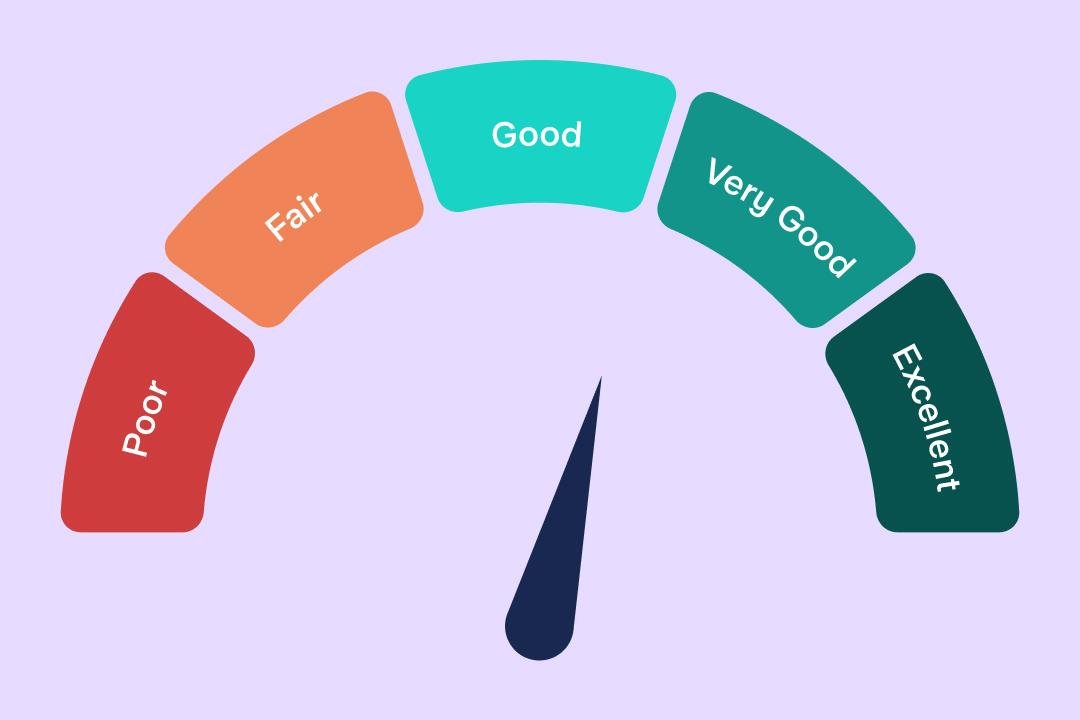Creating and sharing digital content is easier than ever. But with so many platforms out there, choosing the right one can be overwhelming. Whether you’re a business, influencer, or brand, picking the best platform helps maximize engagement and reach the right audience.
Here’s a look at the best platforms for creating and distributing digital content, along with real-world examples of how they’re used.
- Instagram – Best for Visual Content & Short Videos
Instagram is one of the most powerful platforms for content creators, brands, and businesses. With over 2 billion users, it’s perfect for photos, Reels, and Stories.
Why It Works:
- Reels and Stories keep users engaged with short, entertaining content.
- Instagram Shopping allows brands to sell products directly.
- Collaborations with influencers increase brand visibility.
Nike’s Instagram strategy focuses on high-quality visuals, storytelling, and motivational Reels. They use influencers, user-generated content, and engaging videos to connect with their audience.
Best For: Lifestyle brands, influencers, and businesses looking to create engaging visual content.
- YouTube – Best for Long-Form Video Content
YouTube is the go-to platform for long-form video content. With over 2.5 billion users, it’s a key platform for businesses, educators, and vloggers.
Why It Works:
- SEO-friendly—videos rank on Google.
- Monetization options—ads, sponsorships, memberships.
- Great for tutorials, product reviews, and storytelling.
Marques Brownlee (MKBHD) built a massive following on YouTube by reviewing tech products. His detailed, high-quality content helps brands get noticed while educating viewers.
Best For: Brands and creators looking to build a loyal audience through long-form content.
- TikTok – Best for Viral Short Videos
TikTok is dominating social media with its short, highly engaging videos. It’s a great platform for brands to go viral quickly.
Why It Works:
- The algorithm favors new creators, helping content reach massive audiences.
- Trends and challenges make it easy to gain visibility.
- Great for storytelling, tutorials, and product showcases.
E.L.F. Cosmetics created the #EyesLipsFace challenge, which went viral, generating over 4 billion views. This campaign turned a simple beauty product into a trend.
Best For: Brands, influencers, and businesses looking for quick engagement and viral marketing.
- LinkedIn – Best for Professional and B2B Content
LinkedIn is not just for job seekers—it’s a powerful content distribution platform for professionals and businesses.
Why It Works:
- Thought leadership content helps build credibility.
- Networking and direct engagement with industry leaders.
- Great for blog posts, articles, and business updates.
HubSpot uses LinkedIn to share marketing insights, business strategies, and industry reports, making them a trusted source in the marketing world.
Best For: B2B companies, industry experts, and professionals building a brand.
- Medium – Best for Long-Form Articles & Blogging
Medium is one of the best platforms for sharing in-depth articles and thought leadership content.
Why It Works:
- Built-in audience that values high-quality writing.
- SEO-friendly—articles rank on Google.
- Writers can monetize content through Medium’s Partner Program.
Tim Denning, a popular writer, uses Medium to reach millions of readers by sharing self-improvement and business insights.
Best For: Writers, bloggers, and brands looking to publish thought-provoking articles.
- Substack – Best for Newsletters & Exclusive Content
Substack is growing fast as a platform for newsletters and independent publishing.
Why It Works:
- Direct connection with subscribers.
- No algorithm interference—content goes straight to the audience.
- Monetization through paid subscriptions.
Casey Newton, a tech journalist, moved to Substack and built a profitable newsletter business by providing exclusive insights on the tech industry.
Best For: Writers, industry experts, and brands looking to build an engaged email list.





